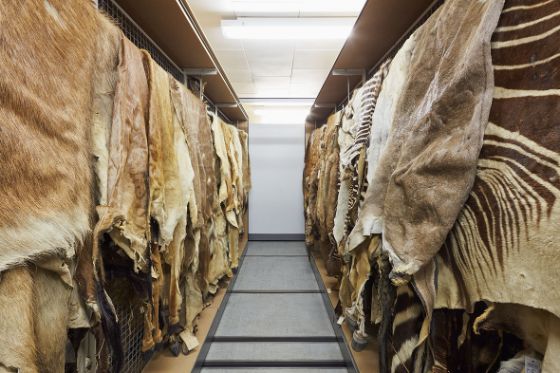
OLDEST MAMMAL DISCOVERY SITE IN SWITZERLAND
Egerkingen, in the canton of Solothurn, is one of the most productive palaeontological sites from the Swiss Eocene period. Ludwig Rütimeyer, Professor of Mammalian Palaeontology and Comparative Animal Anatomy in Basel, collected specimens from the region in the second half of the 19th century.
In 1884, the Natural History Museum Basel received the extensive collection collected over the course of 40 years by the pastor Robert Cartier from Oberbuchsiten. The collection formed the basis of Ludwig Rütimeyer's work on Eocene mammals from this region.
Hans Georg Stehlin, Rütimeyer's successor, carried out extensive excavations during the first two decades of the 20th century in Egerkingen and between 1903 and 1916 published seven major monographs on the Eocene mammals of Switzerland. In these monographs, he also described numerous new species. The examples of these holotypes are among the most valuable objects in the osteological collection.
Highlights of the collection include numerous monkey teeth and bones from tree-dwelling, lemur-like monkeys. They tell a tale of a very different environment: around 43 million years ago, a tropical rain forest in Switzerland was home to more than 50 species of mammals.
